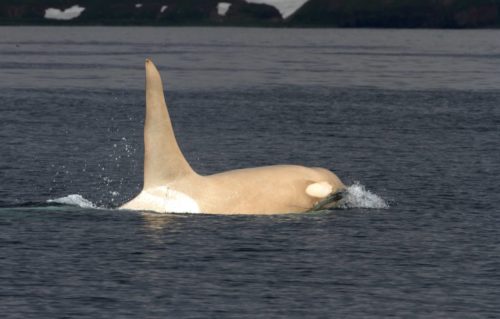It’s been a bit since I’ve internet bigfooted, so here I go with a shiny new video that came out very recently. First the video, so you can know what my comments are on.
So, epic blob-squatch in a picturesque setting. The clip is nothing of interest to anyone, including bigfooters, who can’t even verify what’s in the video, let alone that It’s an undiscovered creature. Even worse is that there is no reason for the man to have been filming that waterfall.
I also wonder about the apparent container of some sort (maybe a bucket or suitcase) that the “creature” is carrying. Could it be an indication that it’s some innocent fisherman distorted by a low quality camera into a budget blob-squatch?
Why this video is making the rounds I don’t understand. It’s epically unexciting.










 The animal displayed above is called Iceberg. Iceberg was
The animal displayed above is called Iceberg. Iceberg was